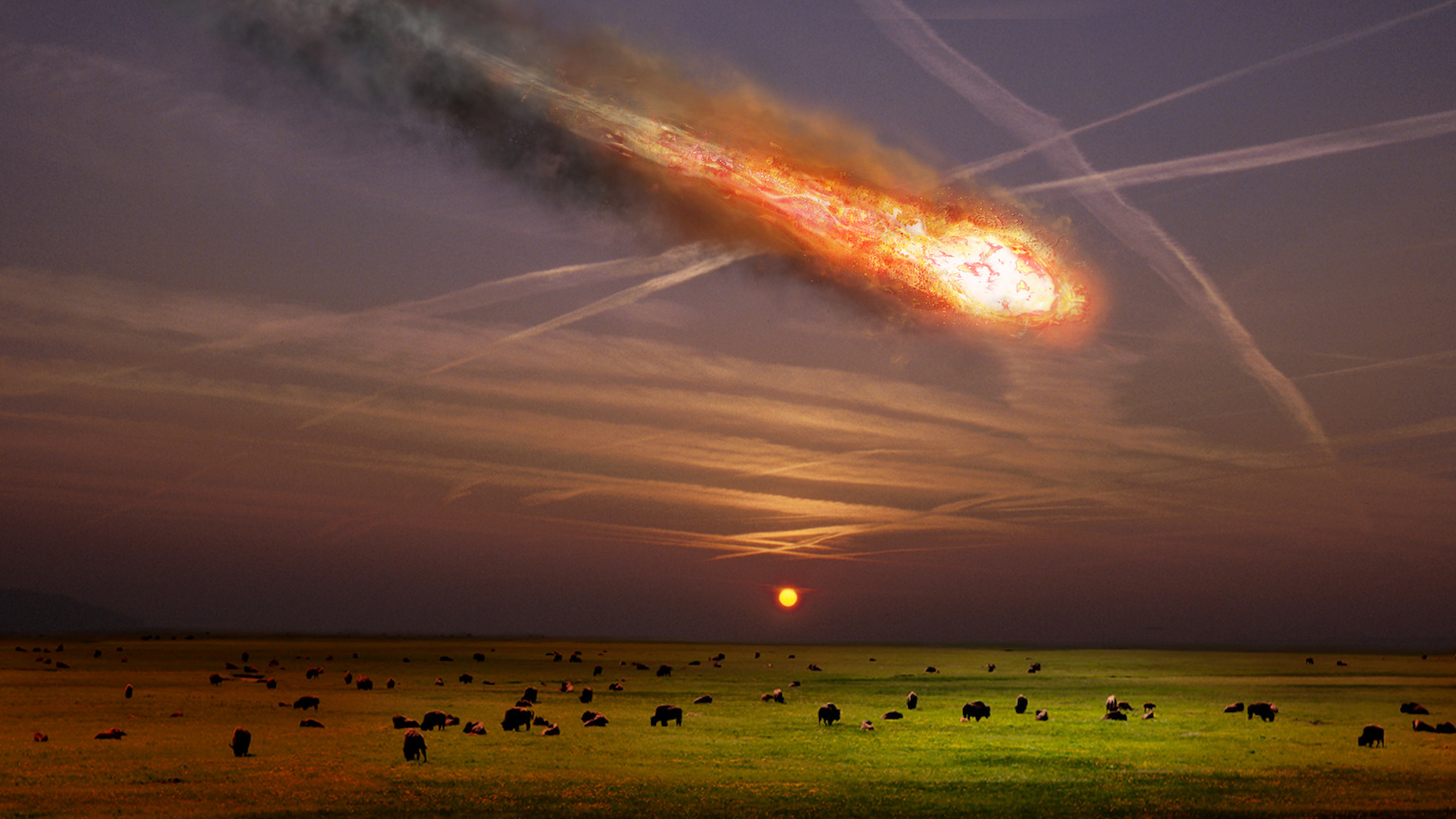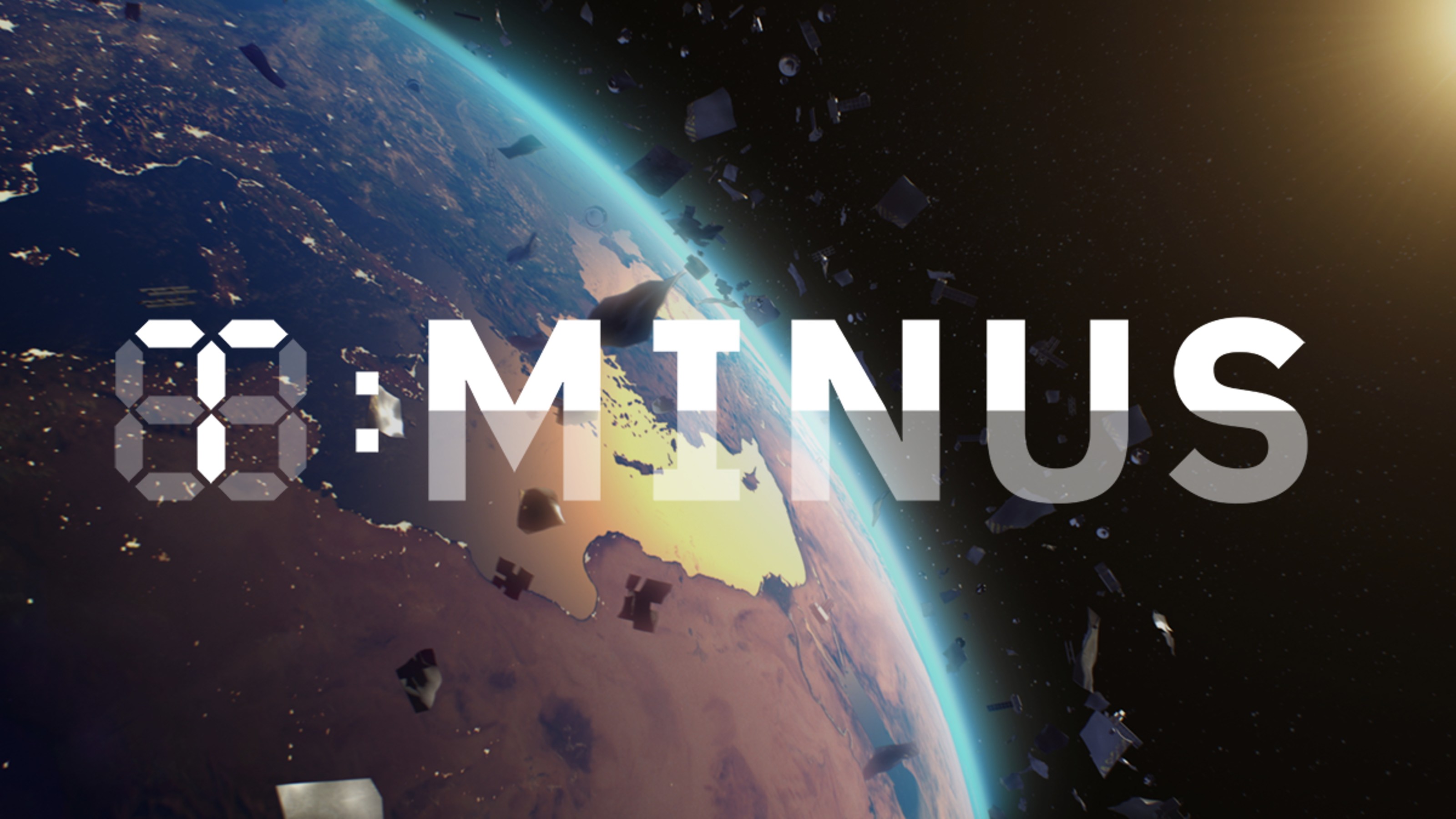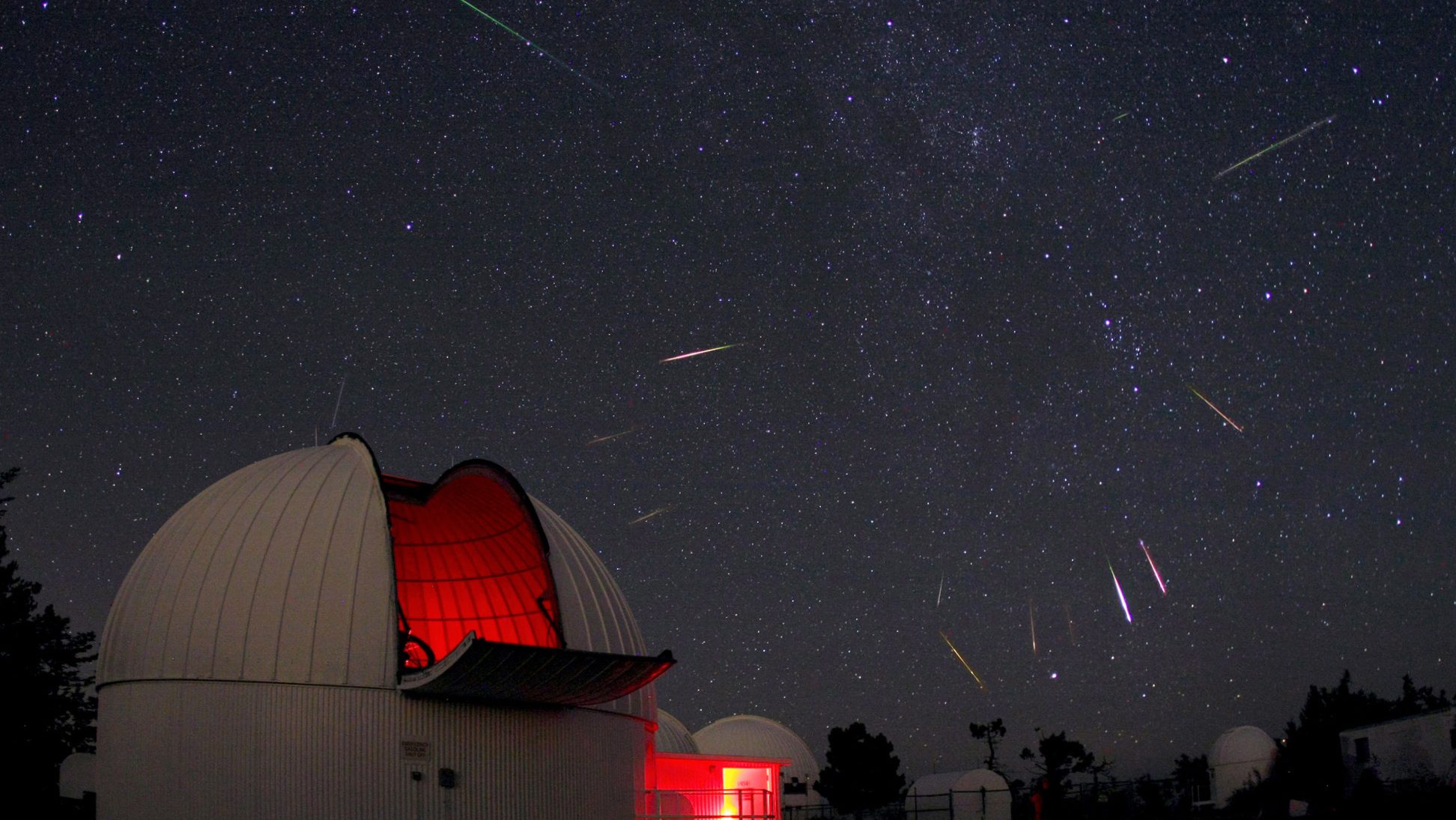The Sky IS falling. Should We Worry?

Most of us are aware that some monstrously large space rock may be headed our way that could cause what scientists dryly call “an Extinction Event”. Translation; WAY bad for life on earth. Most of us also know that such impacts are, reassuringly, extraordinarily infrequent. Fewer of us realize, however, that far more often…every few hundred years…a rock comes flying in that might not wipe out all life on earth, but which could still do MAJOR damage. We may be able to develop the high tech tools to protect ourselves from these more common bombs from space. But because of the psychology of how we perceive risk, we may not have the will to invest in the work necessary to get ready…just in case.
Fortunately, the risk of The Really Big One – 10 kilometers (6 miles) across or bigger – is rare. Near Earth Objects (NEOs) that hit the Earth and do what the one 65 million years ago did to the dinosaurs and most other life on the surface – wiped them out – occur on the order of once every hundred million years or so. Unfortunately, there are smaller rocks out there that are still big enough to be really dangerous, and there are far more of them, which means the frequency of one of those impacts is higher. And those impacts can be VERY bad. One of these “smaller” rocks , 30 – 50 meters across (think of a bowling ball 100 – 160 feet around that weighs about 100 million pounds), hit the atmosphere in 1908 over Siberia going an estimated 30,000 MPH, 50 times faster than a commercial jet, and even though the heat of its collision with the atmosphere caused it to explode several miles above the ground (see a simulation), the force of that explosion leveled 850 square miles of Siberia known as Tunguska. That’s the same size as Tokyo.
Astronomers take the NEO risk seriously, and several years ago they started searching for them using some pretty sophisticated equipment. You will be reassured to know that they haven’t spotted anything coming our way, yet, although one asteroid, 1999 RQ36, has a 1 in 1800 chance of hitting the earth in the year 2182, depending on its orbit, which astronomers can predict really well, but not perfectly. No need to “Be VERY Afraid”, but a little reasonable caution is definitely called for. RQ36 is about 200 times more massive than the Tunguska rock. It’s being watched very closely.
Here’s another reason for reasonable concern. Scientists think their search for NEOs has found all the REALLY Big Ones (>10 kilometer/6 miles wide Total Annihilators) and 90% of the 1,000 or so Big Ones (>1km/two thirds of a mile wide and Globally Destructive). But they’ve found fewer of the smaller ones, which are harder to spot, but more common; about half of the medium sized ones (300m – 5 km/a quarter of a mile – 3 miles wide, that would do serious global damage), and only about 15% of the ones that are 140-300m/380-1,000 ft. across, that would wipe out whole regions of continents. And they’ve probably only found a few percent of the ‘small’ ones – 30 to 140 m/100 – 380 ft. – like the Tunguska asteroid that didn’t even make it to the ground and still decimated an area the size of Tokyo or Berlin. The Tunguska-size rocks hit the earth every 10-20 generations, within the lifespans of many families.
(To give you sense of scale, here’s an space artist Michael Carroll depiction of what asteroid Itokawa, about 600 m long and 200 m wide, looks like next to the CN Tower in Toronto. Imagine it flying in at 30,000 MPH! Here is what a 300 m one, as wide as an aircraft carrier is long, would like just before it hit an aircraft carrier. And here is a carefully calculated computer simulation of the incredible power the impact of a 120 meter (380 ft.) wide asteroid actually involves.)
Of course, we only really care about this impact threat if it’s a threat to people, and most of the 7 billion people on earth live on only a tiny fraction of the earth’s surface, so the risk of an impact where we live is pretty low…for any given year. But the eventual likelihood increases as the years go by. Which raises an interesting question. Should we care? And CAN we?
The psychology of risk perception offers some interesting answers, and if you think we should be concerned about this threat, those answers are mildly alarming. We don’t worry all that much about risks that aren’t immediate. We don’t worry much about risks that are abstract…threats that are described to us but which we’ve never actually seen the consequences of. (These are both psychological constraints on our ability to take climate change seriously.) We have problems with probabilities too, so the low odds that an NEO could hit where anywhere where people live causes us to generalize and think “Well, phew, it won’t happen to ME.” It probably won’t, but absolutely “won’t” isn’t what the evidence says.
On the other hand, something called “the availability heuristic” means we’re more readily alarmed by risks the more aware of them we are. The films Armageddon and Deep Impact, scientific flaws notwithstanding, certainly raised the general awareness of the fact that we float through space in a cosmic shooting gallery. So has news coverage of the recent fly-by (near miss) of asteroid 2005 YU55, which on November 8th whizzed by at more than 30,000 MPH, closer to us than the moon! (Here’s a video of it.)
Scientists say we have the technology to not only detect these NEOs but to actually deflect them. NASA is considering a mission to an asteroid in which astronauts would fly down and explore the surface, bring back samples, and give us badly needed practice with the kind of mission we’d have to pull off should we ever have to actually deflect one of the bigger ones. (The deflection mission itself would be robotic. No Bruce Willis/Billy Bob Thornton astronaut heroes.) It’s the kind of work we need to do, to be ready for an event that may be a low probability but would have disastrous consequences. But it’s not in the budget yet, in part because of a human risk perception system that psychologically doesn’t get too worked up about threats like this. Certainly if astronomers spot a big one headed our way, our risk perception will switch to “It COULD happen to me, and SOON” and we’ll take the threat more seriously. But we may not have enough lead time before impact to get the work done, because we’re not worried enough to be starting, now.
(This piece grew out of a recent meeting in which I participated, sponsored by the Secure World Foundation, to bring communicators and asteroid scientists together to explore the challenges of communicating about this issue. They paid my travel expenses to attend, but no fee. Another good piece on this is by Alan Boyle at MSNBC, Asteroid Debate Rises to the Next Level)





